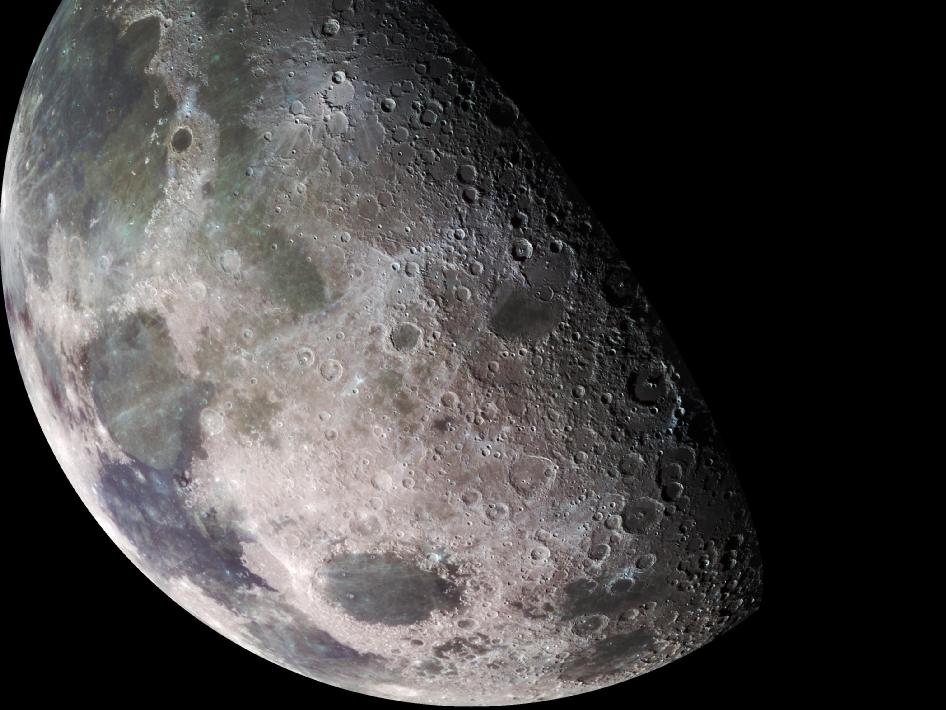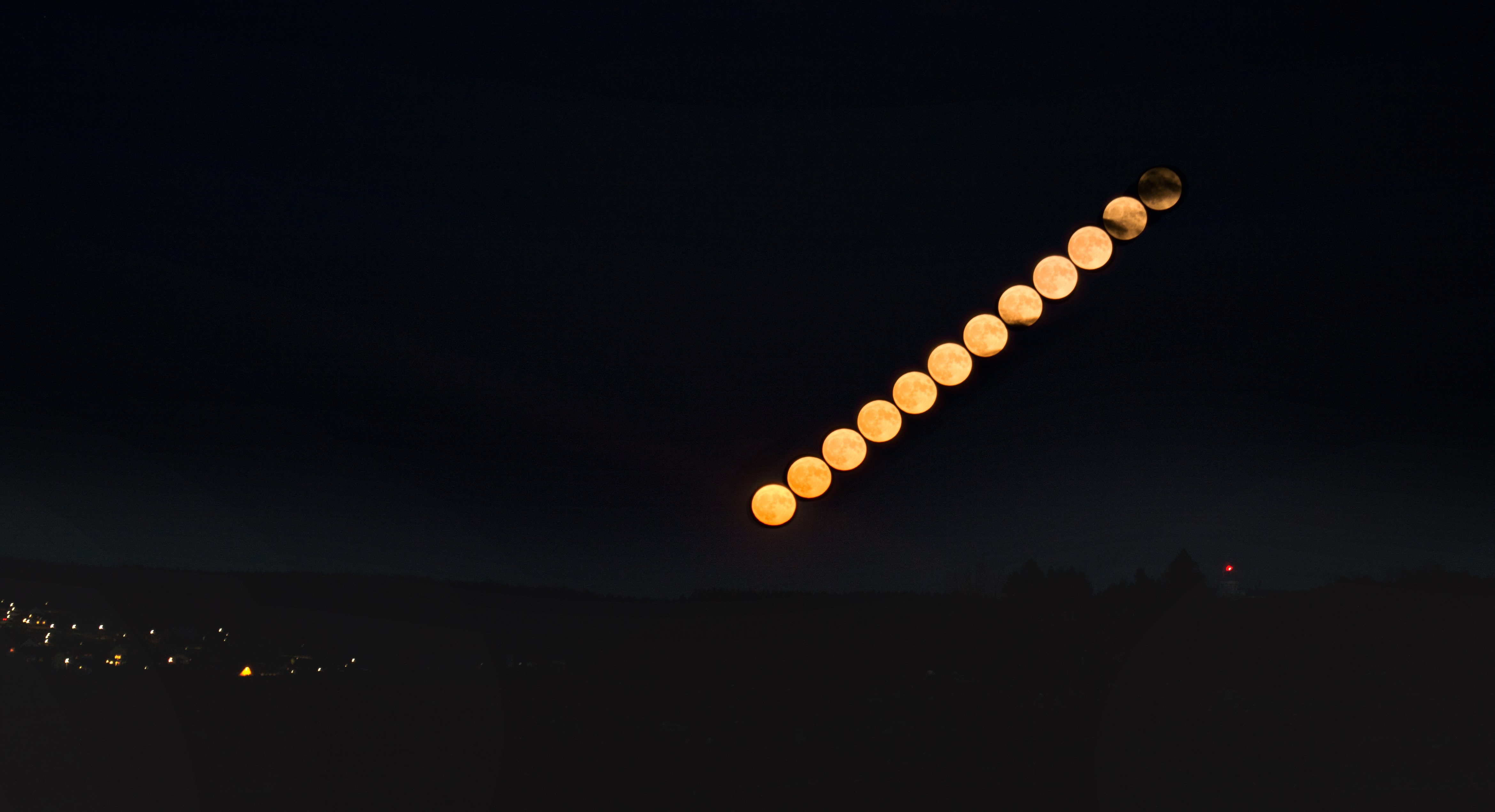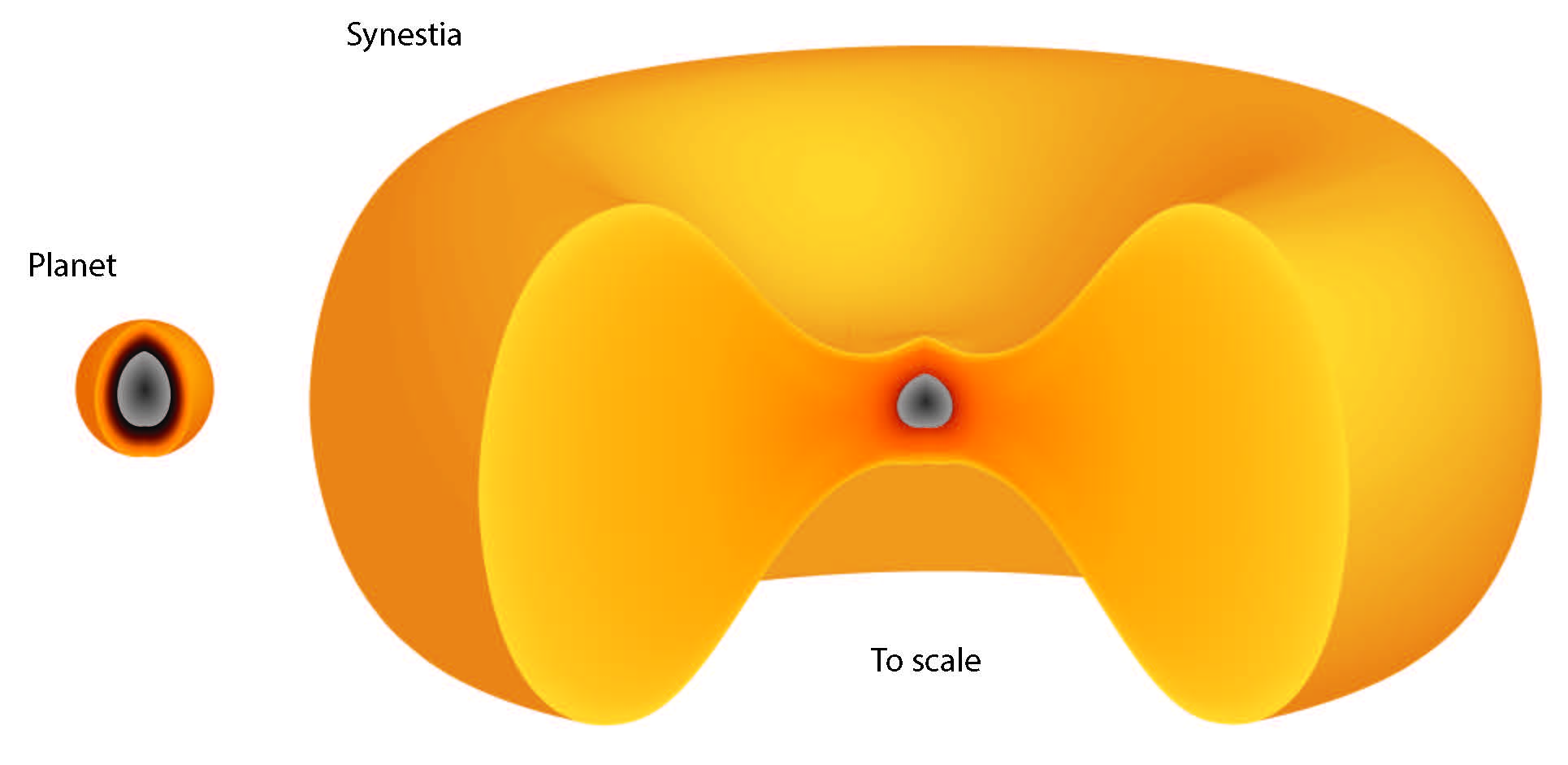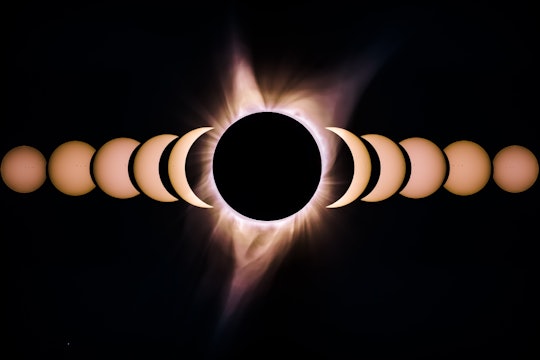The Moon's origins may be far different than we thought
We're still learning the basics about Earth's nearest neighbor
Even though humans have wondered about the Moon for as long as they've walked on Earth, we are still learning new things about it. Indigenous peoples around the world had specific names for each phase of the lunar cycle, which helped share knowledge about the natural environment across generations. In North America, colonists used the names they learned from Native Americans and applied them to the Gregorian calendar. Even Shakespeare displayed some lunar science knowledge, writing, "Do not swear by the moon, for she changes constantly," in Romeo and Juliet.
It turns out that Shakespeare was more right than he knew: our understanding of the Moon is changing constantly, including answers to questions as basic as where the Moon came from. It may seem strange, but scientists have struggled to come up with a satisfactory explanation for the Moon's origin; just this year, researchers have developed a new potential explanation of how our closest neighbor came to be.
Since the 1970s, when Apollo astronauts returned to Earth with almost 900 pounds of lunar samples, the longstanding theory was that a large planetary body – sometimes called Theia – around the size of Mars collided with Earth, knocking dust and rock off the intruding body into orbit. According to this giant impact hypothesis, the loose dust and debris eventually formed the Moon.

But there are a few problems with that theory. In short, the Moon's chemical composition looks a lot like the Earth's. If the Theia hypothesis were correct, the Moon's chemistry should be more different from Earth's. Additionally, previous computer models suggested that in order to form a lunar body, the impact hypothesis would also have required a large body with a very specific size, velocity, and angular momentum to graze the Earth – sort of a perfect storm of planetary collisions – that is highly unlikely.
But according to a new modeling study published in the Journal of Geophysical Research Planets, there are many potential impact scenarios that could have formed the Moon. The authors suggest that the Moon actually formed inside a giant, donut-shaped cloud of molten rock, known as a synestia.
Synestias form when a giant impact puts enough energy into a planet to partially vaporize it and increase its rotation speed. When a planet spins that fast, its outer cloud of rock vapor needs to rotate much faster than the core of the planet, known as the corotation limit. Synestias are planetary bodies that are above the corotation limit, which had never been studied before.

The synestia model is such a departure from previous understandings of how the Moon and Earth behaved immediately after the impact that the authors thought their model had an error when they first saw the results. Simon Lock, a PhD candidate at Harvard University and the lead author of the study, recalled his complete disbelief.
"This doesn't look weird. This looks wrong," he remembers thinking. "What we were looking at was not what we thought we'd be looking at," he says. "Through this whole process I have had to break my concept of what a planet is."
Like many of us, he used to think of a planet as a "round, relatively cool body with a core and maybe a magma ocean" — not a giant rotating donut of vaporized rock.
A Greek goddess and the lunar hearth
The researchers even had to invent the term "synestia" – which they drew from the ancient Greek figure Hestia, the goddess of home and hearth. By adding the prefix "syn," they meant "creating home" or "bringing structures together." According to this new model, although the Moon formed relatively quickly, the Earth didn't emerge until the synestia shrank and cooled, about 1,000 years later. Contrary to previous research, the incoming body was not the source material for the Moon. Although there was still a major impact, it served as an instantaneous push toward fast rotation and high temperatures, creating a synestia.
To come up with this new hypothesis, the authors used both physical and chemical modeling, which is unsual. The scientists designed a physical model to examine the impact and how it made the Earth and Moon move, and used a chemical model to provide insight into how the Earth and the Moon were composed. The results of the two types of models are consistent with actual lunar composition, and suggest that numerous types of impacts could have created these planetary bodies, not just a glancing blow from one type of impactor.

This hypothesis is still evolving, and no synestias have been directly observed — yet. It is possible that new observations of small exoplanets with the Transiting Exoplanet Survey Satellite (TESS), which launches in April, will yield evidence of these molten donuts outside our solar system.
TESS will image small, young stars, anticipated to be rich in synestias. In fact, new technology like TESS is likely to advance the whole field of planetary science, not just synestia research.
The next generation of planetary scientists will have brand new tools to study planets close to home, like the Mars 2020 Rover, and bodies much further away, like the James Webb Space Telescope. Though we will have the potential to explore far beyond our solar system, the latest Moon-based research proves that we still have more to learn about our own home and our nearest neighbor.

